Home>Garden Essentials>Garden Plants>What Is German Thyme
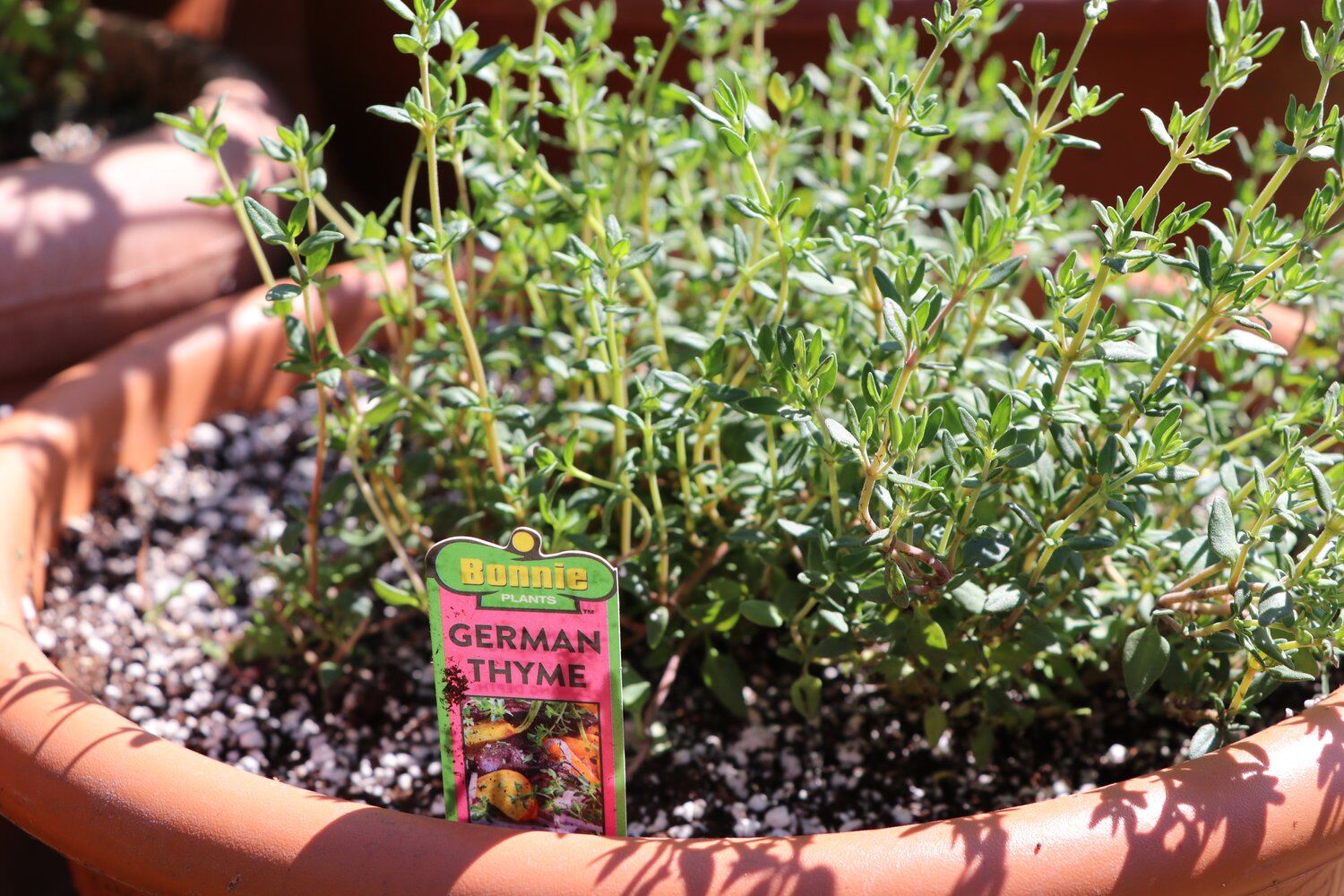

Garden Plants
What Is German Thyme
Modified: January 6, 2024
Discover the benefits and uses of German thyme plants, a versatile herb that adds amazing flavors to your dishes. Learn how to grow and care for these aromatic plants in your garden.
(Many of the links in this article redirect to a specific reviewed product. Your purchase of these products through affiliate links helps to generate commission for Storables.com, at no extra cost. Learn more)
Introduction
German Thyme, scientifically known as Thymus vulgaris, is an aromatic and versatile herb that has been used for centuries in culinary and medicinal applications. Its distinct aroma and flavor make it a popular choice in various cuisines worldwide. German Thyme is a hardy perennial plant that belongs to the mint family, Lamiaceae, and is native to the Mediterranean region.
This herb is highly valued for its rich history, delightful fragrance, and beneficial properties. It has been used since ancient times by different civilizations, including the Egyptians, Greeks, and Romans, for both culinary and medicinal purposes. German Thyme has an illustrious past, with references to its usage found in ancient texts and herbal lore.
German Thyme is commonly referred to as “Garden Thyme” due to its popularity in home gardens. Its compact size, delicate flowers, and aromatic leaves make it an attractive addition to any herb garden or landscape. The plant typically grows to a height of 6 to 12 inches, with small green leaves that are covered in fine hairs that give them a fuzzy texture.
The flavor of German Thyme is warm, earthy, and slightly minty, with a subtle floral undertone. Its fragrance is intense and reminiscent of pine and lemon. These unique qualities make German Thyme a versatile herb that complements a wide range of dishes, including soups, stews, roasted meats, vegetables, and marinades.
In addition to its culinary uses, German Thyme has a long-standing reputation for its medicinal properties. It is believed to have various health benefits, including antioxidant, anti-inflammatory, and antimicrobial properties. It has traditionally been used to treat respiratory conditions, digestive problems, and skin ailments.
Growing German Thyme is relatively easy, as it thrives in well-drained soil and requires full sun exposure. It can be propagated from seeds or cuttings and is commonly grown in containers, raised beds, or in the ground. With proper care, German Thyme can grow into a bushy and fragrant plant that provides a fresh supply of leaves for culinary and medicinal purposes.
In this article, we will explore the history of German Thyme, its characteristics, culinary uses, medicinal properties, growing and harvesting tips, and ways to incorporate it into your cooking. Join us on this exciting journey to discover the wonders of German Thyme and how it can enhance your culinary and wellness experiences.
Key Takeaways:
- German Thyme, also known as Thymus vulgaris, is a versatile herb with a rich history, delightful fragrance, and beneficial properties. It adds depth and complexity to a wide range of dishes and offers potential health benefits.
- Growing German Thyme is a rewarding experience, as it is a resilient and low-maintenance herb that thrives in various conditions. Its aromatic leaves can be harvested and used to enhance culinary creations, providing a delightful touch to dishes.
Read more: What Is Thyme Used For
History of German Thyme
The history of German Thyme dates back thousands of years, with its origins rooted in ancient civilizations. This versatile herb has been valued for its aromatic and medicinal properties by various cultures around the world throughout history.
The usage of German Thyme can be traced back to ancient Egypt, where it was highly regarded for its aromatic qualities and believed to have purifying properties. Egyptians used it as an offering to their gods and as an ingredient in embalming rituals. They also used German Thyme in medicines and cosmetics.
Greek and Roman civilizations also recognized the value of German Thyme. The ancient Greeks considered it a symbol of courage and used it in various religious ceremonies. They believed that German Thyme possessed healing powers and even used it as an antidote for poison.
The Romans, influenced by Greek culture, adopted German Thyme into their culinary practices and gardens. They praised its flavor and incorporated it into a variety of dishes. Additionally, Roman soldiers often bathed in water infused with German Thyme to boost their strength and courage before going into battle.
During the Middle Ages, German Thyme became a staple in monastery gardens as monks discovered its healing properties. Its strong scent was believed to repel pests, and it was often planted near beehives to encourage honey production.
German Thyme’s popularity continued to grow during the Renaissance period, when scientific interest in medicinal plants surged. Physicians of the time used German Thyme to treat ailments such as coughs, respiratory infections, indigestion, and skin conditions.
Today, German Thyme is widely cultivated and enjoyed across the globe. It is valued not only for its culinary uses but also for its potential health benefits. Its rich history and legacy demonstrate the enduring fascination humans have had with this humble and versatile herb.
Characteristics of German Thyme
German Thyme, also known as Thymus vulgaris, is a perennial herb that boasts several distinctive characteristics, making it a popular choice among gardeners, chefs, and herbal enthusiasts.
First and foremost, German Thyme is a compact plant that typically grows to a height of 6 to 12 inches. It features small, oval-shaped leaves that are covered in fine hairs, giving them a fuzzy texture. The leaves are typically green but can sometimes have a grayish tint.
One of the most notable features of German Thyme is its delightful fragrance. When the leaves are crushed or rubbed, they release a strong, aromatic scent that is often described as warm, earthy, and slightly minty. The fragrance of German Thyme is reminiscent of pine and lemon, making it a refreshing and uplifting herb to work with.
German Thyme produces clusters of small, tubular flowers that bloom in various shades of pink, purple, or white. These flowers not only add visual appeal to the plant but also attract pollinators such as bees and butterflies to the garden. The blooming period usually occurs during the summer months, creating a lovely display of color.
As a perennial herb, German Thyme is known for its hardiness and resilience. It can tolerate a wide range of climates and is well-suited for both outdoor and indoor cultivation. It thrives in full sun but can also tolerate partial shade. Additionally, German Thyme prefers well-drained soil and requires regular watering to maintain optimal growth.
German Thyme is known for its versatility and adaptability. It can be easily grown in containers, raised beds, or directly in the ground. Its compact size and attractive foliage make it an excellent choice for herb gardens, rock gardens, or as a border plant. Whether cultivated in a garden or on a windowsill, German Thyme adds beauty and fragrance to any space.
Overall, the characteristics of German Thyme, including its compact size, fuzzy leaves, delightful fragrance, and colorful flowers, make it a charming and sought-after herb for both culinary and ornamental purposes. Its ability to thrive in various growing conditions and its versatility in the kitchen make it a cherished addition to any garden or herb collection.
Culinary Uses of German Thyme
German Thyme is a versatile herb that adds a burst of flavor and aroma to a wide range of dishes. Its warm, earthy taste with subtle mint and floral undertones makes it a popular choice in various cuisines around the world.
One of the most common culinary uses of German Thyme is in savory dishes. It pairs well with meats such as lamb, beef, poultry, and game, adding depth and complexity to roasts, stews, and marinades. Sprinkle some fresh or dried German Thyme leaves on grilled vegetables or potatoes to elevate their flavors.
German Thyme is a key ingredient in classic herb blends, such as herbes de Provence. This blend typically includes a combination of German Thyme, rosemary, oregano, savory, and sometimes lavender. It is often used to season roasted meats, vegetables, and soups. The distinct aroma of German Thyme helps to create a delightful and robust flavor profile in these dishes.
Another popular culinary application of German Thyme is in Mediterranean and Italian cuisine. It is commonly used in pasta sauces, pizzas, and herb-infused oils. Add some chopped German Thyme leaves to your homemade marinara sauce for an extra dimension of flavor.
Fresh or dried German Thyme leaves can also be added to bread dough for an aromatic twist. It imparts a fragrant aroma and subtle taste to homemade bread, adding a touch of sophistication to your baking endeavors.
German Thyme is an essential herb in the culinary traditions of countries like Greece, Turkey, and Morocco. It is frequently used in dishes like Moussaka, Dolmades, and Tagines, enhancing the overall savory profile of these flavorful recipes.
Aside from its savory applications, German Thyme can be used to infuse vinegars, oils, and even spirits. Place a few sprigs of fresh German Thyme in a bottle of vinegar or olive oil and let it steep for a few weeks. The resulting infused products can be used to dress salads, marinade meats, or drizzle over roasted vegetables.
In summary, German Thyme is a versatile herb that lends its fragrant and flavorful qualities to a multitude of culinary creations. Its presence in various cuisines reflects its ability to enhance and elevate the taste profiles of dishes, making it a must-have herb in any kitchen.
German thyme, also known as winter thyme, is a variety of thyme that is particularly hardy and can withstand colder temperatures. It has a strong, earthy flavor and is commonly used in German cuisine, especially in hearty stews and meat dishes.
Medicinal Properties of German Thyme
German Thyme, known scientifically as Thymus vulgaris, has a long-standing reputation for its medicinal properties. It has been used for centuries in traditional medicine to address various health conditions. While further research is still needed to fully understand its therapeutic potential, German Thyme is believed to offer several health benefits.
One of the primary medicinal properties of German Thyme is its antioxidant activity. It contains compounds such as thymol and carvacrol that have been found to possess strong antioxidant properties. Antioxidants help protect the body from harmful free radicals, which can contribute to chronic diseases and aging.
In addition, German Thyme is known for its anti-inflammatory properties. The same compounds that give German Thyme its distinct aroma and flavor, such as thymol, have been shown to exhibit anti-inflammatory effects in studies. This makes German Thyme potentially beneficial for reducing inflammation in the body and addressing conditions such as arthritis and respiratory inflammation.
German Thyme has also been traditionally used to support respiratory health. It is believed to have expectorant properties, which means it may help loosen and expel mucus, making it easier to breathe. German Thyme is often utilized in natural remedies for coughs, bronchitis, and congestion. It can be consumed as a tea or used to make steam inhalations.
Furthermore, German Thyme is recognized for its antimicrobial qualities. The essential oil derived from German Thyme has demonstrated antimicrobial activity against various bacteria and fungi. This makes it potentially useful in fighting infections and promoting oral health. Some mouthwashes and toothpaste may include German Thyme as an ingredient for its antimicrobial benefits.
German Thyme has also been associated with digestive health benefits. It is believed to stimulate digestion, reduce bloating, and alleviate gastrointestinal discomfort. Consuming German Thyme-infused teas or incorporating it into recipes may help support healthy digestion.
It’s important to note that while German Thyme may offer certain health benefits, it should not replace medical advice or treatment. As with any herbal remedy, it’s advisable to consult with a healthcare professional before using German Thyme for medicinal purposes, particularly if you have any underlying health conditions or are taking any medications.
Overall, German Thyme has a rich history of traditional use for its potential health benefits. Its antioxidant, anti-inflammatory, antimicrobial, and digestive properties make it an herb worth exploring for holistic wellness and natural remedies.
Read more: What Are Sprigs Of Thyme
Growing and Harvesting German Thyme
Growing German Thyme, also known as Thymus vulgaris, is a rewarding experience for both novice and experienced gardeners. This resilient herb can thrive in various growing conditions and is relatively low-maintenance. Here are some tips to help you successfully grow and harvest German Thyme:
1. Location: German Thyme thrives in full sun, so choose a location in your garden that receives at least 6 to 8 hours of direct sunlight each day. If you’re growing German Thyme indoors, place it near a south-facing window where it can access ample sunlight.
2. Soil: German Thyme prefers well-drained soil with a slightly alkaline pH between 6.0 and 8.0. If your soil is heavy or clay-like, amend it with organic matter, such as compost or aged manure, to improve drainage.
3. Planting: You can start German Thyme from seeds or purchase young plants from a nursery. If starting from seeds, sow them indoors 6 to 8 weeks before the last frost date. Transplant the seedlings outdoors once the soil has warmed up and all danger of frost has passed. Space the plants 12 to 18 inches apart to allow for adequate airflow.
4. Watering: German Thyme is drought-tolerant once established, so avoid overwatering. Allow the soil to dry out slightly between waterings, and water deeply but infrequently to encourage the growth of strong and deep roots. Be cautious not to waterlog the soil, as this can lead to root rot.
5. Pruning: Regular pruning is essential to encourage bushy growth and to maintain the shape of the plant. Pinch or trim the stems to promote branching, and remove any dead or diseased foliage. Pruning can be done throughout the growing season, but avoid trimming more than a third of the plant at once.
6. Harvesting: You can start harvesting German Thyme once the plants are well-established and have reached a height of 6 to 8 inches. To harvest, simply snip off the desired amount of stems using gardening shears or scissors. It’s best to harvest in the morning after the dew has evaporated but before the heat of the day intensifies.
7. Drying and Storing: To preserve the flavor and aroma of German Thyme, you can dry the harvested stems. Tie small bunches together and hang them upside down in a well-ventilated area away from direct sunlight. Once dry, remove the leaves from the stems and store them in airtight containers in a cool, dark place. Dried German Thyme can be used in recipes throughout the year.
8. Companion Planting: German Thyme is known to have pest-repellent properties, so consider planting it alongside other garden herbs and vegetables. It can help deter pests like cabbage worms, aphids, and cabbage loopers.
By following these tips and giving German Thyme proper care, you can enjoy a thriving herb garden filled with fragrant and flavorful leaves of this versatile herb. Whether used fresh, dried, or preserved, German Thyme adds a delightful touch to a wide range of culinary dishes.
Tips for Using German Thyme in Cooking
German Thyme, with its warm and earthy flavor, is a versatile herb that can add depth and complexity to a variety of dishes. Whether you’re a seasoned chef or a novice cook, here are some handy tips for making the most of German Thyme in your culinary endeavors:
1. Fresh vs. Dried: Both fresh and dried German Thyme have their own unique qualities. Fresh leaves tend to have a stronger flavor and aroma, while dried leaves offer a more concentrated taste. Consider using fresh German Thyme when you want a burst of flavor, and dried German Thyme when you need a longer cooking time or want a milder flavor.
2. Adding at the Right Time: To maximize the flavor of German Thyme, it’s important to add it at the right time during the cooking process. Add fresh German Thyme towards the end of cooking to preserve its aromatic oils. Dried German Thyme can be added earlier in the cooking process to allow its flavors to meld with the dish.
3. Pairing with Complementary Flavors: German Thyme pairs well with a wide range of flavors. It complements meats like lamb, beef, poultry, and game, enhancing their natural taste. Experiment with combining German Thyme with other herbs like rosemary, oregano, parsley, and sage to create delicious herb blends that elevate your dishes.
4. Balancing Quantities: When using German Thyme, start with small quantities and adjust to taste. Its flavor can be quite strong, so a little goes a long way. Remember that dried German Thyme is more potent than fresh, so you’ll need less of the dried herb to achieve the same flavor intensity.
5. Infusing Liquids: German Thyme can be used to infuse various liquids, such as oils, vinegars, and stocks. Infused oils can be drizzled over salads or used for dipping bread. Vinegar infusions can be added to marinades or dressings. Stock infusions can add depth of flavor to soups, stews, and sauces.
6. Decorating and Garnishing: Sprinkle some fresh German Thyme leaves on top of your finished dish to add a visual appeal. The leaves’ delicate texture and vibrant green color can enhance the presentation of your culinary creations. You can also use the small flowers of German Thyme as an edible garnish to provide an extra touch of elegance.
7. Exploring International Cuisines: German Thyme is widely used in Mediterranean, Italian, and Middle Eastern cuisines, but don’t be afraid to explore other global flavors. Incorporate German Thyme into Asian stir-fries or Mexican-inspired dishes to create fusion flavors. Its versatility allows it to adapt and enhance diverse culinary styles.
8. Preserving the Season: German Thyme’s flavor can be preserved by drying or freezing. To dry fresh German Thyme, tie bunches together and hang them upside down in a cool, dry place. Once dry, remove the leaves and store them in airtight containers. To freeze German Thyme, chop the fresh leaves and place them in ice cube trays with a little water or olive oil. Freeze and use the cubes when needed in cooking.
By following these tips, you can unleash the full potential of German Thyme in your culinary creations. So, get creative, experiment with new flavors, and let German Thyme elevate your dishes to new heights of flavor and aroma.
Conclusion
German Thyme, with its rich history, delightful fragrance, and versatile uses, is a herb that holds a special place in the culinary and medicinal world. From its ancient roots in Egypt and Greece to its widespread cultivation today, German Thyme continues to captivate and inspire gardeners, chefs, and herbal enthusiasts alike.
As we’ve explored, German Thyme offers a range of benefits. Its culinary uses are vast, enhancing the flavors of savory dishes and adding depth to various cuisines. Its warm, earthy taste, combined with a subtle minty and floral aroma, makes it a beloved ingredient in kitchens around the globe.
Not only does German Thyme elevate the taste of dishes, but it also possesses medicinal properties. From its antioxidant and anti-inflammatory benefits to its respiratory and digestive support, German Thyme has a long-standing reputation in traditional medicine. However, it’s important to consult with a healthcare professional before using German Thyme for medicinal purposes.
Growing German Thyme is a rewarding experience. Its resilience, adaptability, and low-maintenance nature make it an excellent choice for both garden beds and containers. By following proper care practices and harvesting techniques, you can enjoy a bountiful supply of fresh or dried German Thyme for culinary and wellness purposes.
Remember, when using German Thyme in cooking, explore its versatility and experiment with different flavor combinations. Whether you’re incorporating it into classic recipes or exploring new cuisines, German Thyme has the ability to elevate the taste profile of your dishes and add a touch of culinary sophistication.
In conclusion, German Thyme is a herb that has stood the test of time, captivating generations with its aromatic qualities and beneficial properties. As you embark on your culinary and herbal adventures, embrace the wonders of German Thyme and allow it to enhance your cooking and wellness experiences. Let its fragrance invigorate your senses and its flavor elevate your creations, adding a touch of nature’s magic to every dish.
Frequently Asked Questions about What Is German Thyme
Was this page helpful?
At Storables.com, we guarantee accurate and reliable information. Our content, validated by Expert Board Contributors, is crafted following stringent Editorial Policies. We're committed to providing you with well-researched, expert-backed insights for all your informational needs.


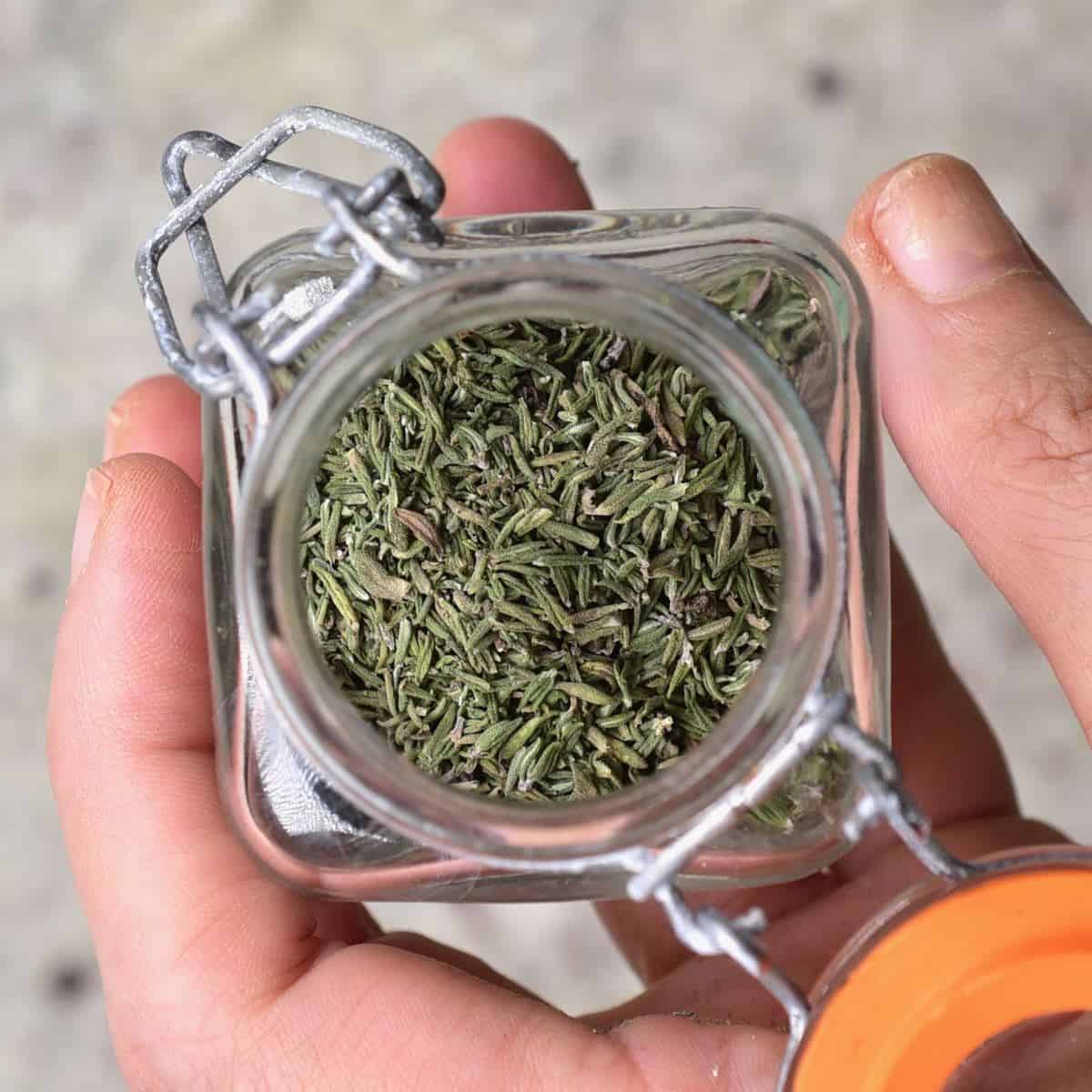
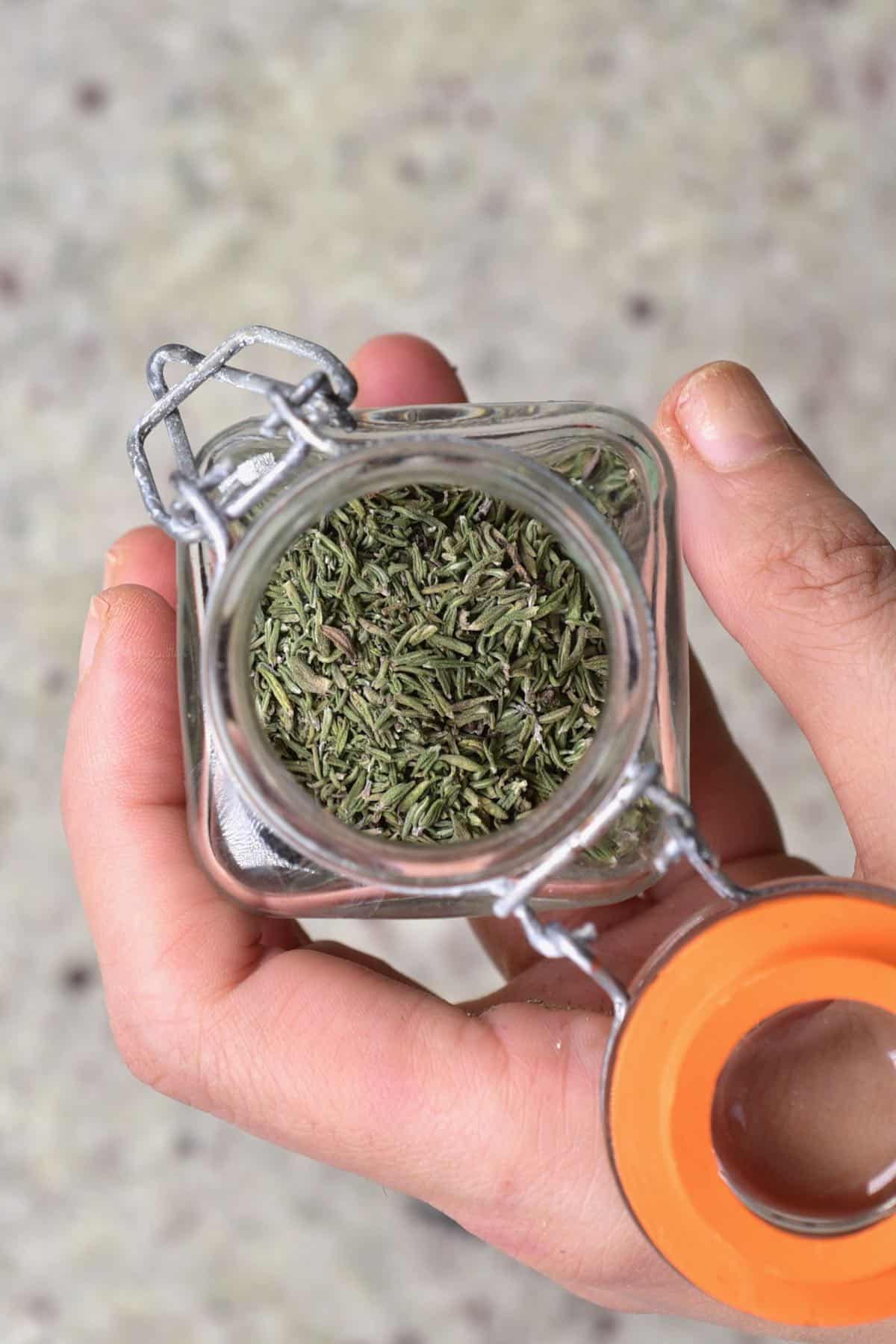
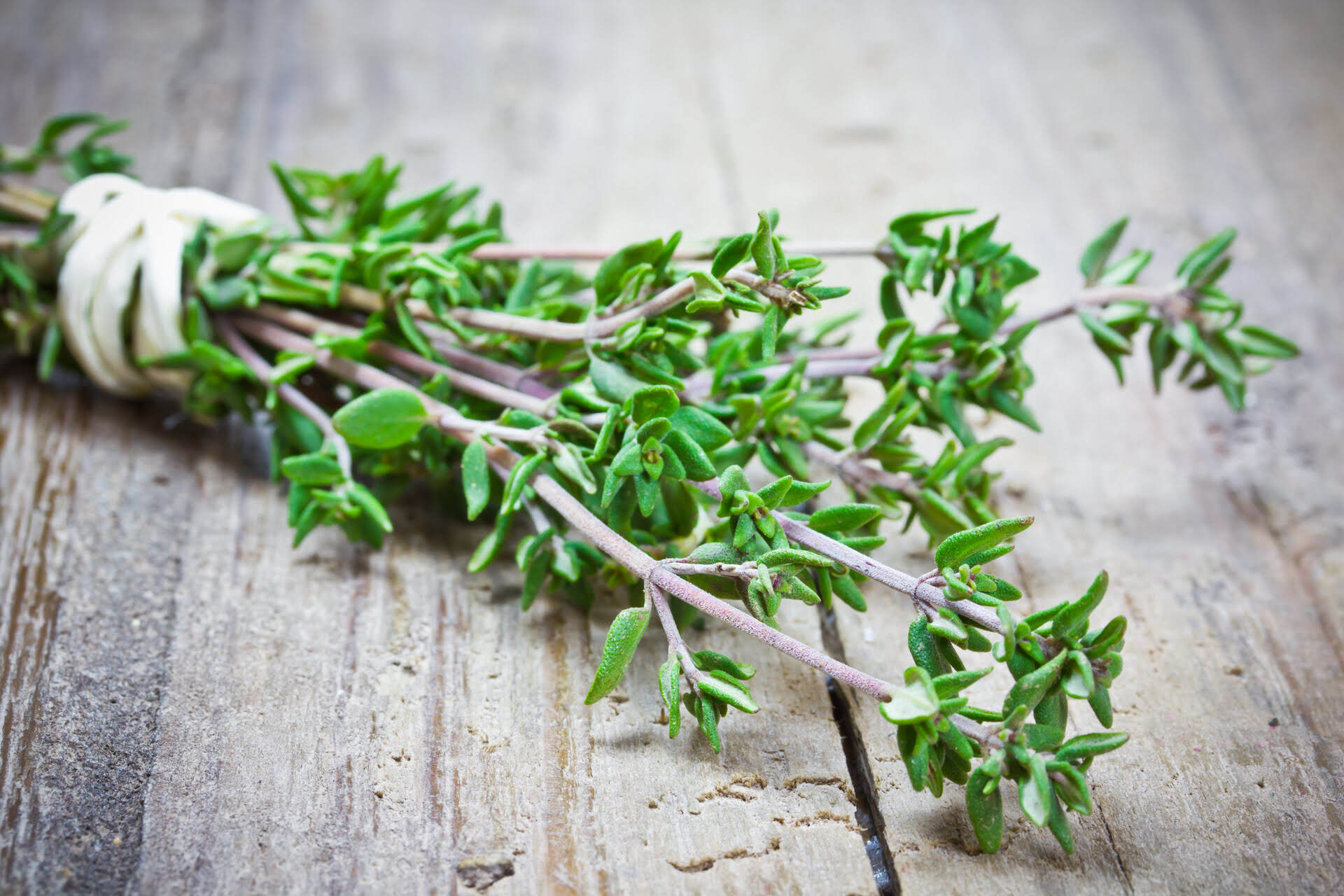
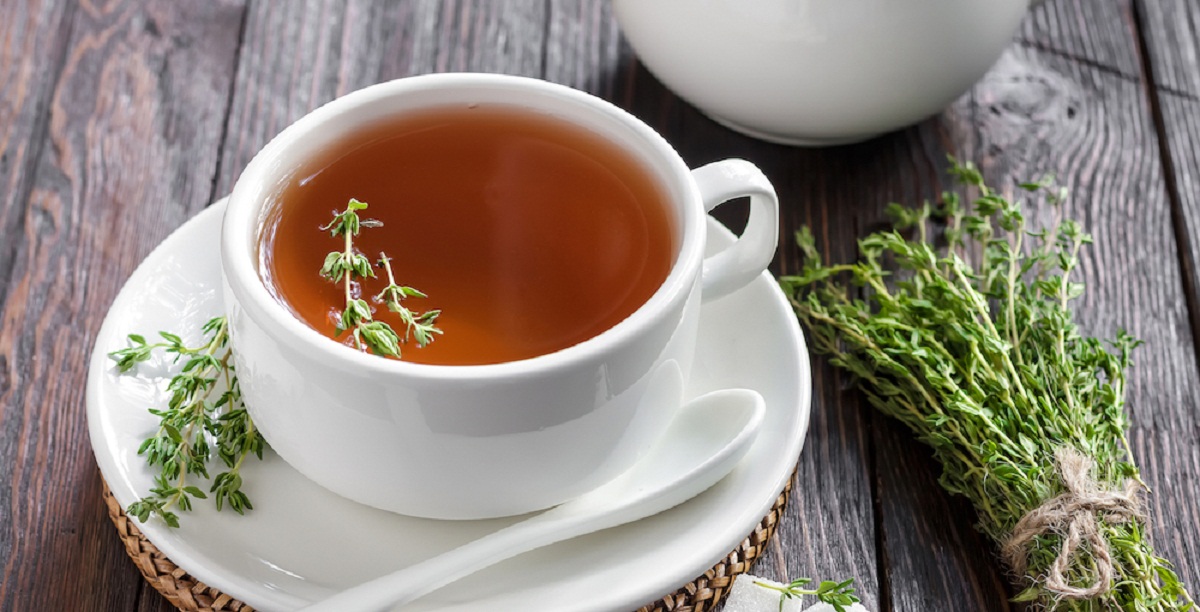
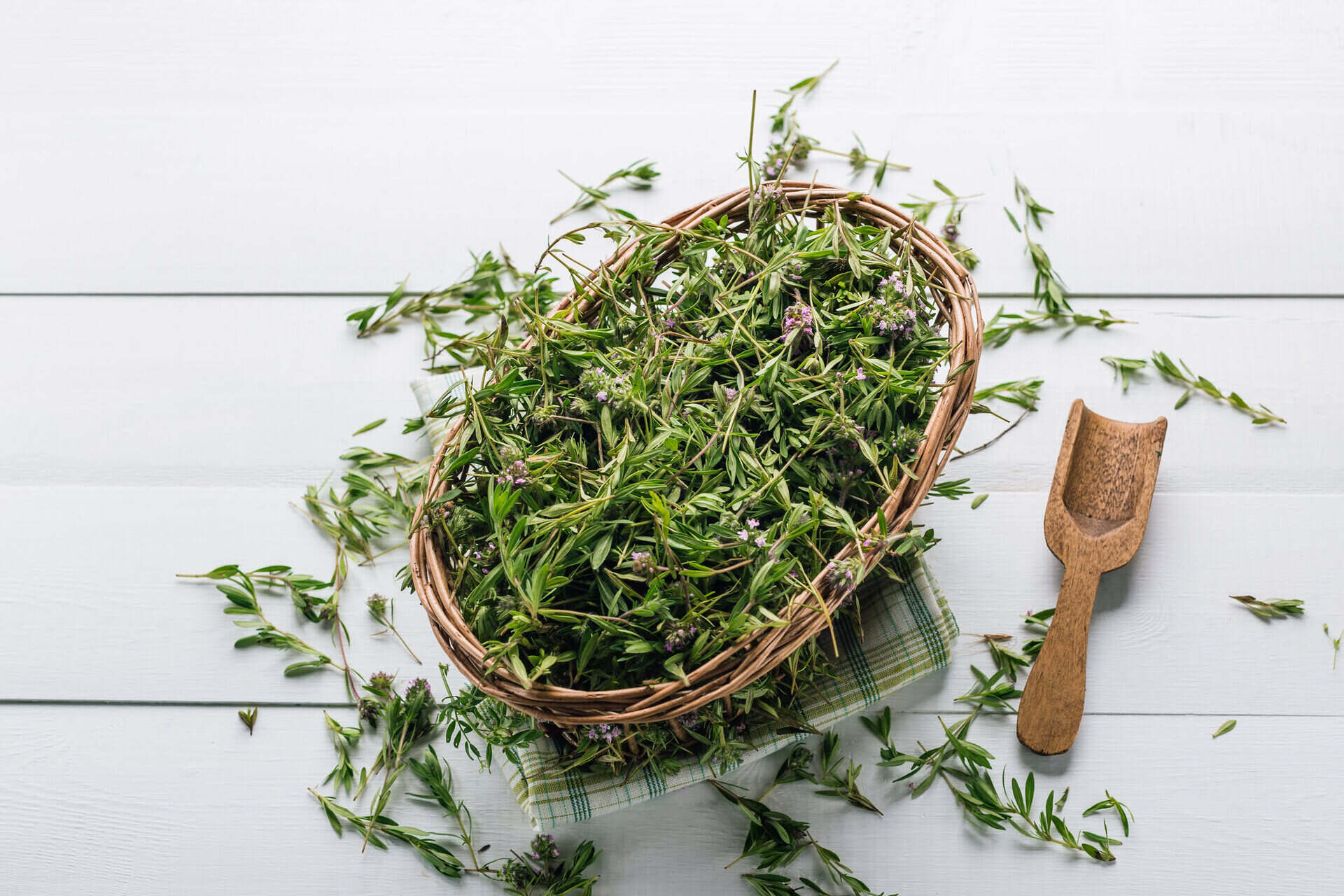
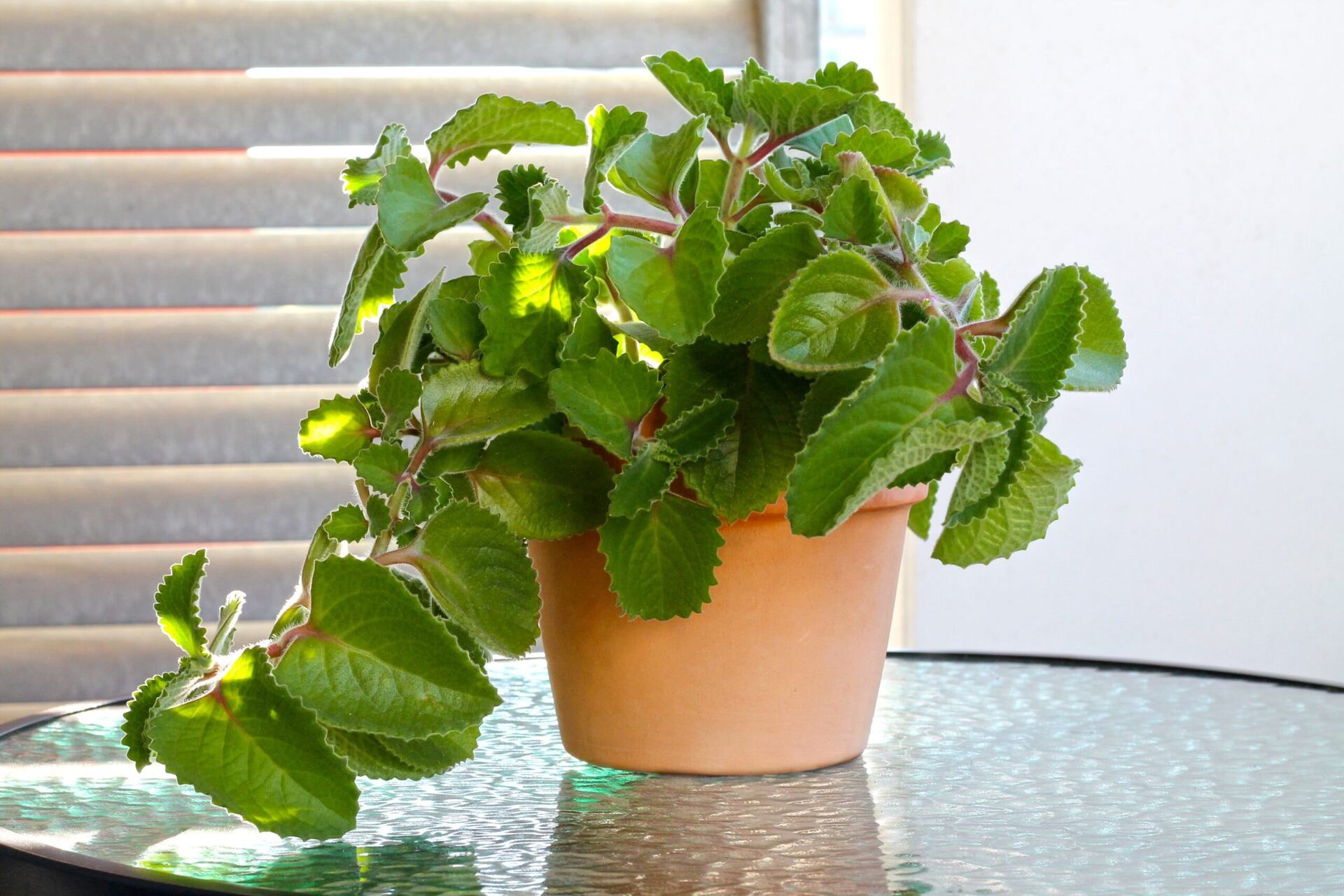


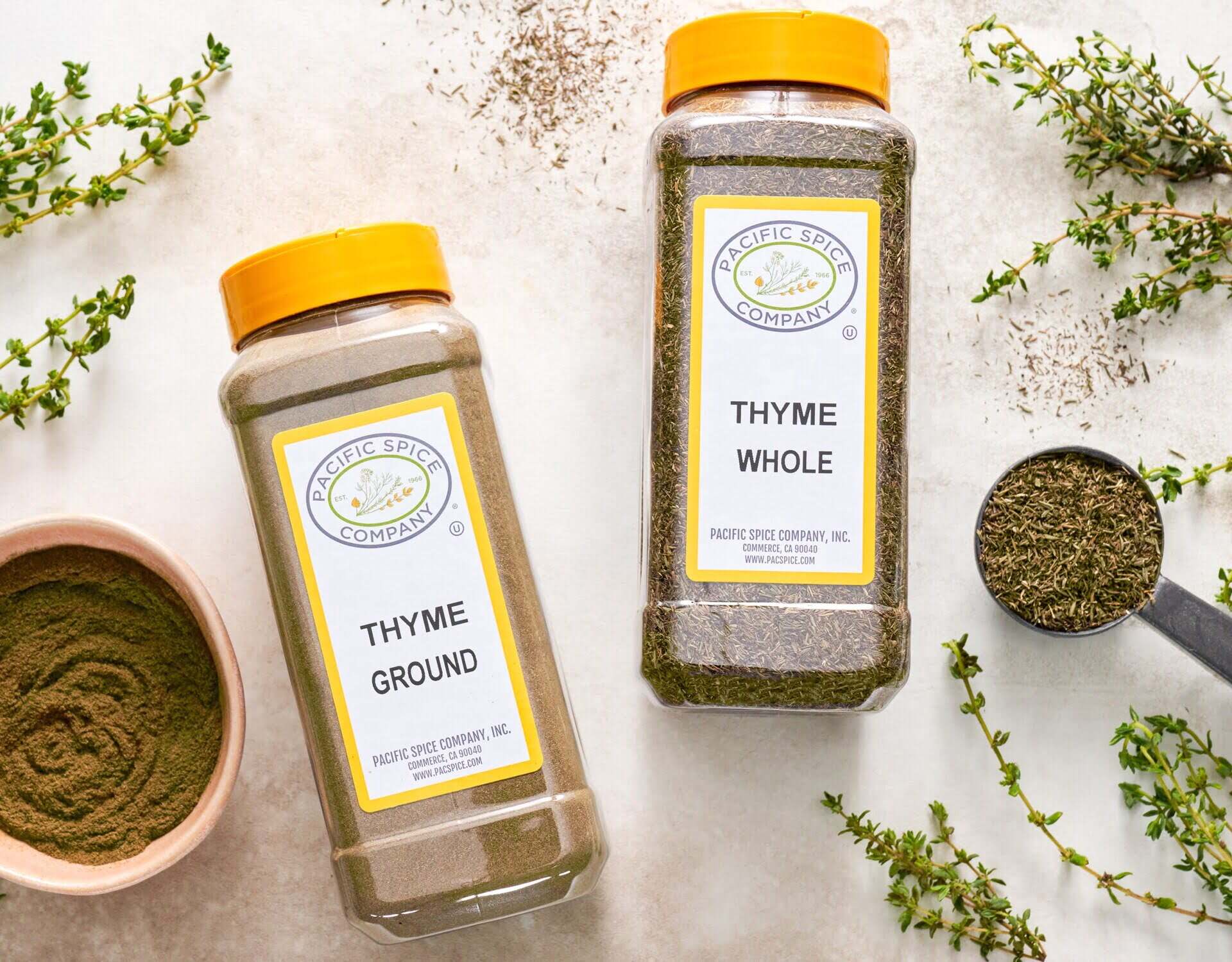
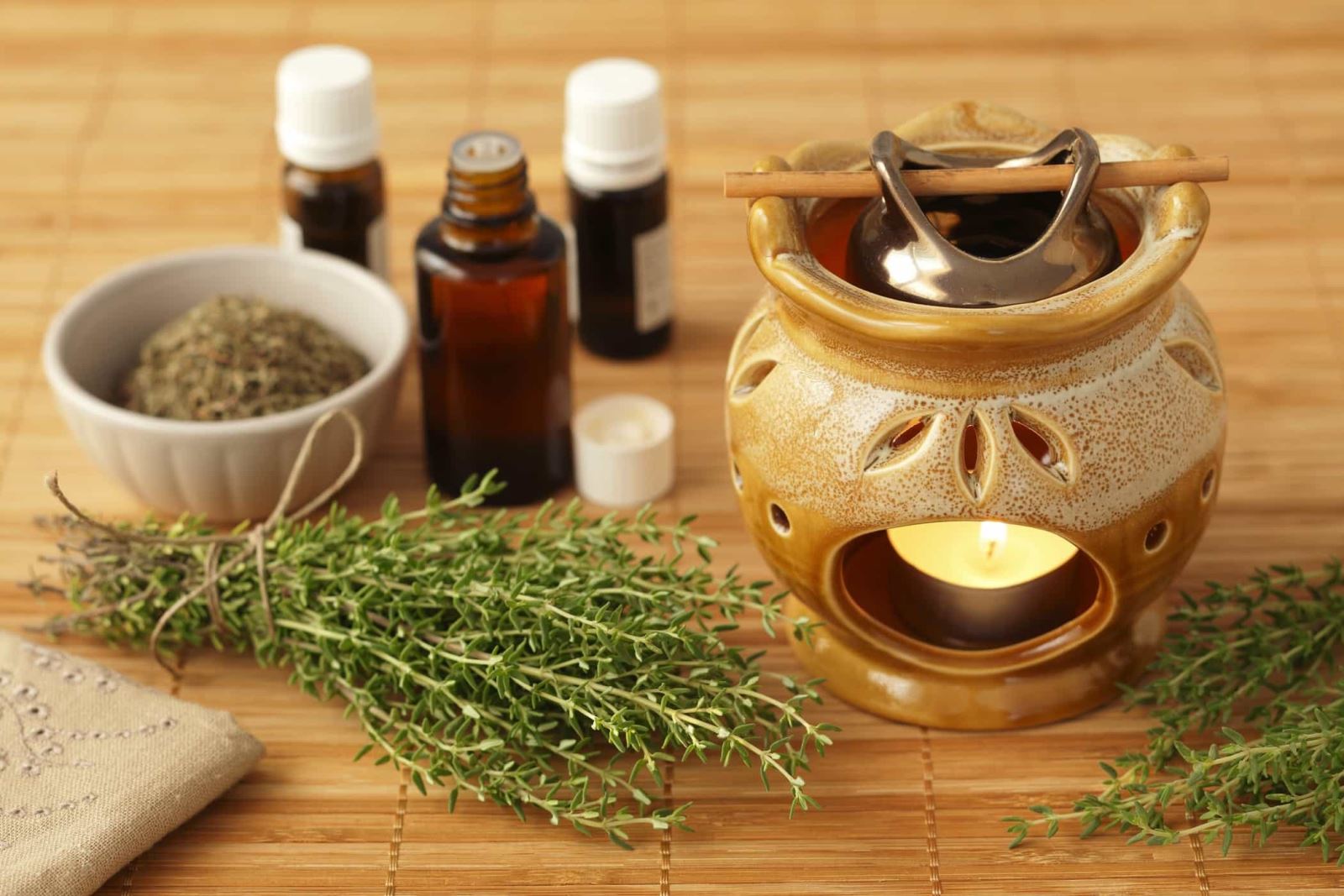
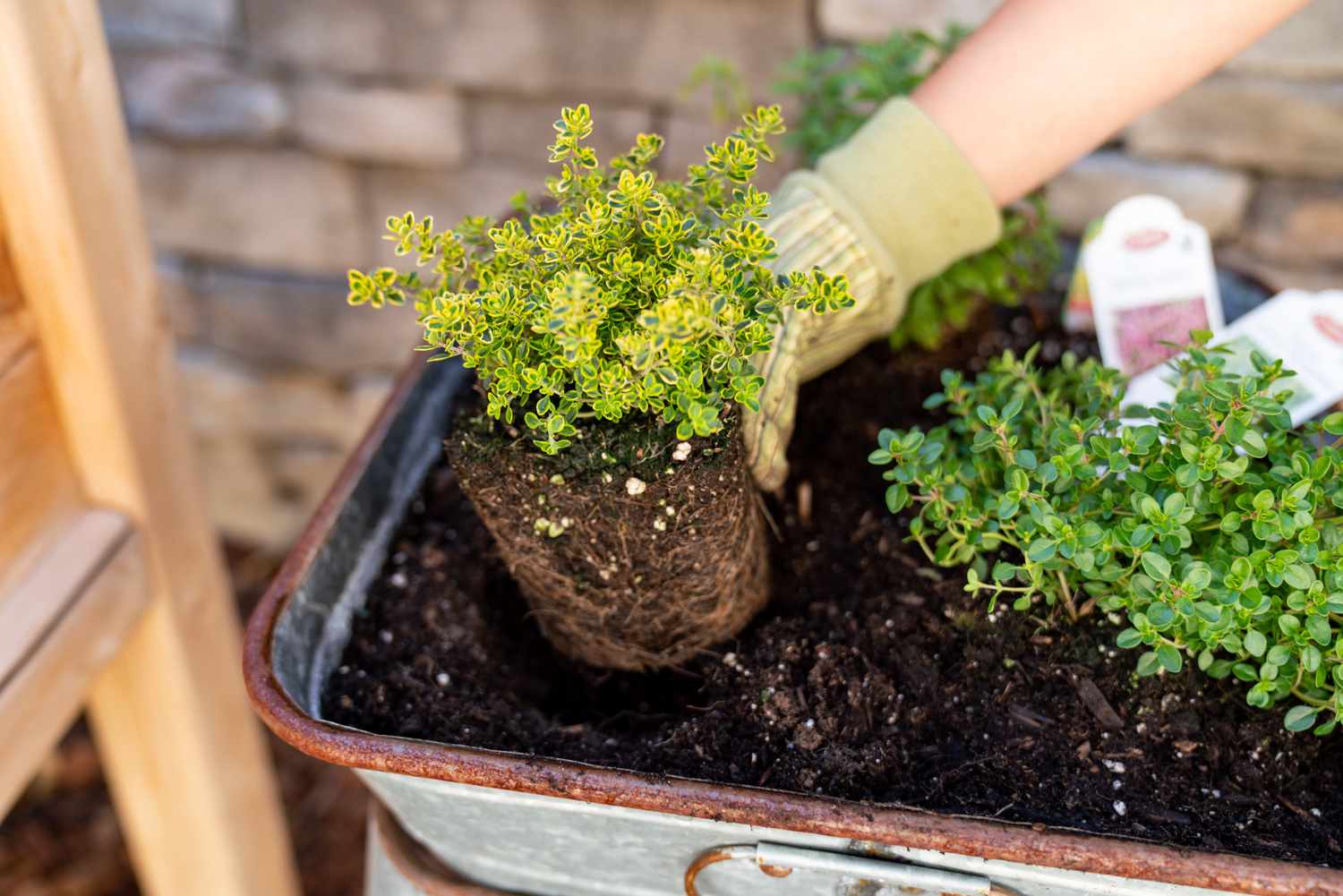
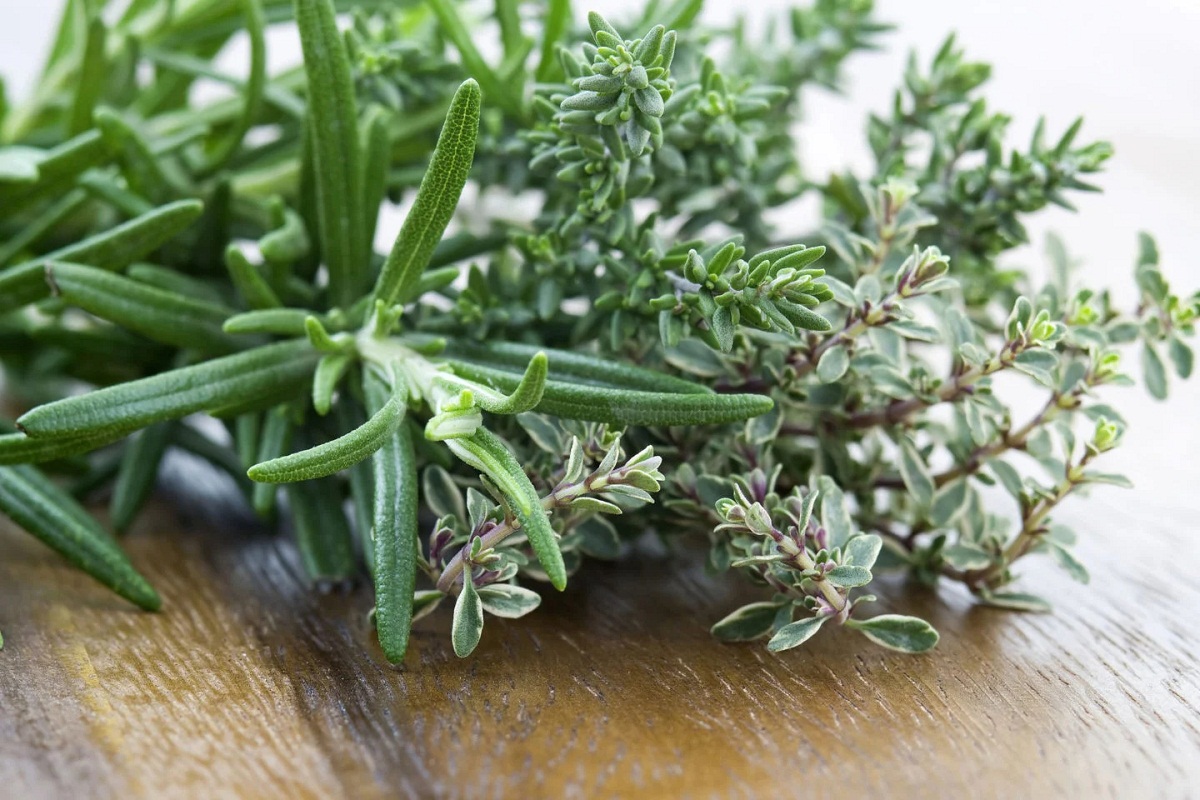

0 thoughts on “What Is German Thyme”